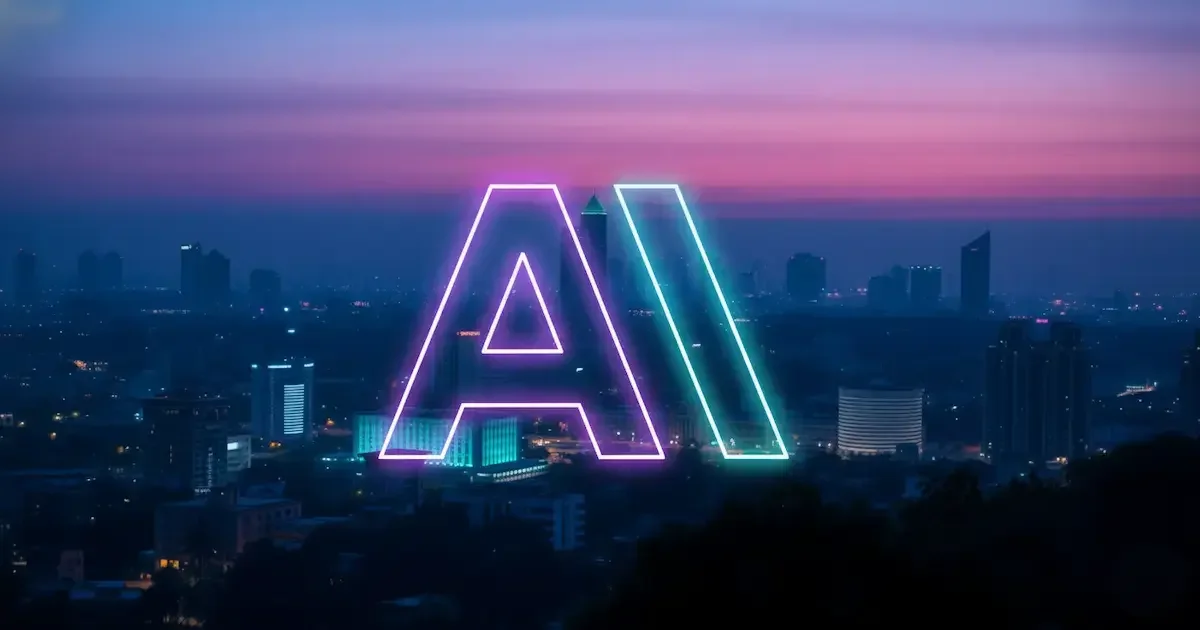Here’s what just happened: Anthropic—the company behind Claude—is planting its flag in India. The first India office opens in Bengaluru in early 2026. And yes, India is already its second-largest market by user base. That’s not just a press-release flex; it’s a signal that India has quietly become the world’s most interesting AI testbed—massive developer base, cost-sensitive customers, and a culture that loves to bend tools to local needs. (Anthropic)
Why Bengaluru, why now
Bengaluru is the obvious pick: deep engineering talent, heavyweight startups, and a pipeline of AI research coming out of IISc and top-tier campuses. For Anthropic, it’s also their second office in Asia-Pacific after Tokyo—so India isn’t a detour; it’s a core expansion path. The company says the move is about meeting surging demand for Claude and building closer to developers who are already using it daily.
There’s a practical angle too. Anthropic is seeing outsized adoption from India relative to most countries, and local presence means faster partnerships, better enterprise onboarding, and—hopefully—product decisions that reflect how Indians actually use AI (read: code, automate, translate, summarise, and jugad their way through broken workflows). Multiple outlets also note the plan to start hiring locally and engage with policymakers and partners during CEO Dario Amodei’s India visit.
The “second-largest market” detail that matters
Numbers matter, not adjectives. Reports put India as Anthropic’s No. 2 market by user base, with prior analyses suggesting ~7.2% share of global Claude usage coming from India—behind the U.S. but rising. That growth rides on a developer-first adoption curve (coding tasks are a big chunk of usage) and an ecosystem that’s hungry for reliable copilots over gimmicks.
Flip side: per-capita usage is still low compared to rich economies, which means headroom is enormous if pricing, latency, and local language support keep improving. Anthropic’s own research has flagged India’s per-capita usage lag, which is precisely the kind of gap a local office can attack through partnerships and localisation.
What this means for Indian developers and companies
1) Better latency, better reliability.
Regional infra and enterprise-grade routes translate into snappier responses and fewer timeouts when you’re hammering an API from a Bengaluru data centre at 2 a.m. (We’ll see if/when local inference endpoints land, but proximity helps regardless.) The company hasn’t announced local currency billing yet—reports say INR pricing is not available so far—but a local presence increases the odds.
2) Enterprise onboarding will get simpler.
Security reviews, pilot projects, and procurement cycles move faster when there’s someone on the ground who can sign an MSA, run workshops, and talk SOC2 instead of only Discord. Expect more hands-on programs for BFSI, IT services, and SaaS vendors who need compliant AI inside existing stacks.
3) Better Indic-language coverage.
If Anthropic follows through on India-specific investments, you should see improvements in Hindi and major Indic languages—useful for support bots, KPO workflows, and citizen services. That’s been hinted at in local reporting and aligns with the larger localisation race across AI players.
4) Stronger developer programs.
TechCrunch reporting suggests Anthropic’s India office will orient around builders—think hackathons, startup credits, and solution engineering vs. pure policy or sales. That’s good news if you’re a founder choosing between AI stacks.
The competitive chessboard
OpenAI, Google, and Perplexity are all scaling in India, each with a slightly different playbook—enterprise sales, consumer reach, telco partnerships, you name it. Anthropic’s edge has been a reputation for reliability, coding performance, and safety-driven design. If they combine that with local hiring and partnerships (there’s chatter about meetings with senior leaders and large conglomerates), we’ll likely see Claude embedded into IT services workflows, developer platforms, and public-sector pilots.
The fine print (a.k.a. what to watch)
· Pricing in INR. Still missing. For startups and freelancers, currency friction is real. If INR billing and GST-friendly invoicing show up, adoption will spike.
· Partnerships with hyperscalers and telcos. Compute commitments and distribution deals decide who wins in India. Keep an eye on cloud region announcements and any integration with India’s digital public infrastructure.
· Regulatory clarity. India’s AI policy is evolving. A local office means deeper conversations with regulators—which could shape how safety features, watermarking, and data retention are implemented.
· Talent magnet effect. Expect a hiring wave for applied research, safety, solutions engineering, and ecosystem partnerships in Bengaluru through 2026.
Anthropic opening in Bengaluru is more than another “we’re coming to India” headline. It’s a bet on India’s builders—and a nudge for everyone else to up their game on localisation, pricing, and developer care. If you’re a CTO or founder, start short-listing use cases where Claude can be a force-multiplier (code assistants, RAG pipelines, support bots, analytics copilots). If you’re a policymaker, this is your moment to make responsible AI both a compliance box and a competitive advantage.
India doesn’t just consume tech; we domesticate it. By 2026, we’ll know whether Claude becomes the country’s go-to copilot—or just another logo on a glass tower. Today’s announcement suggests the former.
